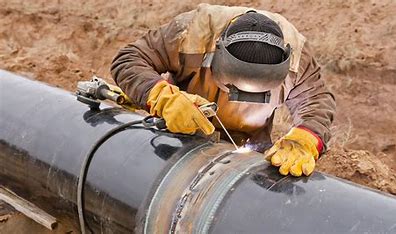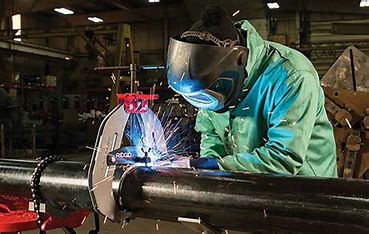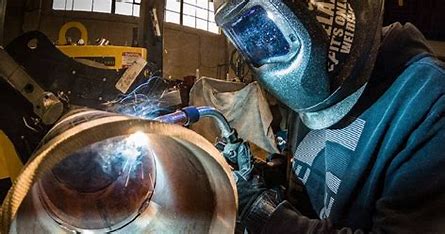Ship Fitter



A Ship Fitter, also commonly referred to as a ship-builder or ship-wright, refers to the largest segment of employees involved in ship building and repair. The term is derived from the words “ship” and “fit” — essentially, “fitting” parts of the “ship” together. The skills of a Ship Fitter are normally needed for all types and sizes of water-faring vessels. They are also needed in ports for maintenance and repair of commercial vessels, and for the U.S. Navy, U.S. Coast Guard and Military Sealift Command (MSC), for maintenance and repair of boats, ships and submarines.
Ship Fitters fabricate, assemble and erect all structural parts of a ship, coordinate all fixed tank work performed on submarines and ships, and coordinate all sonar dome work. Ship Fitters also use heavy machinery, such as plate planners, shears, punches, drill presses, bending rolls, bending slabs, plate levelers, saws, presses up to 750 tons, angle rolls (vertical and horizontal), dogs and wedges. Ship Fitters are responsible for hydro and air testing of tanks and compartments, as well as perform grinding, drilling and fit-up operations on submarines and surface crafts.
As a Ship Fitter, you can work for private companies as well naval shipyards. Not surprisingly, the U.S. Bureau of Labor Statistics reports that the highest concentration of shipbuilders is found in states bordering a body of water.
The exact work you do will naturally depend on the industry. Those who work for a small employer will likely be tasked with building, maintaining, and/or repairing small boats such as towboats and tugboats. Ship Fitters who work for a large shipbuilding company will likely work with container ships, icebreakers, and ocean liners. Military Ship Fitters can expect to work on aircraft carriers, tankers, and submarines.
